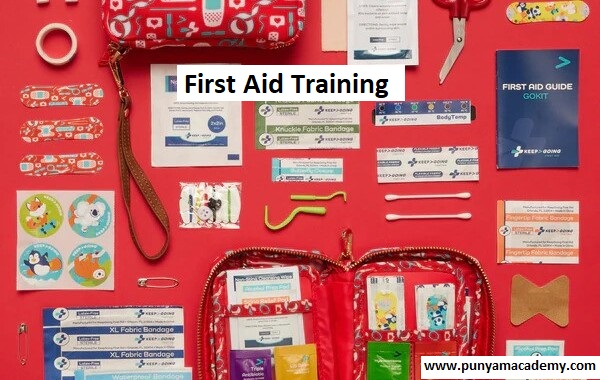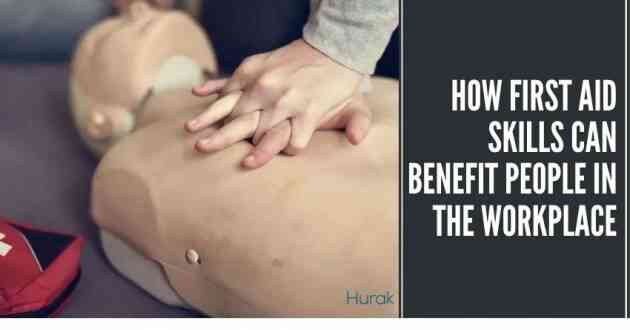To Know The Concepts, Storing, Medications, And Equipment Of First Aid Kit
- - Category: Online Education
- - 12 Jan, 2024
- - Views: 10
- Save
To Know the Concepts, Storing, Medications, and Equipment of First Aid Kit

Always remember that your first aid kit should be organized, properly stoked and available at any time. It is a nice plan the first aid kit should be available at an organization, at any location, workplace, car, and home. Specialty kits are also available to address special requirements.
It is extremely advised that you take a first aid training so that you will have the knowledge and abilities to utilize equipment from a first aid kit to assist someone who has been unexpectedly injured or gets ill.
The Contents of a Basic First-Aid Kit
The components of a first-aid kit vary depending on its intended function. A farm first aid kit, for example, will have a few different items than a city family's first aid kit.
A basic first aid kit should contain the following:
- Triangular bandages.
- Crepe (conforming or elastic) bandages of varied widths
- Non-adhesive (non-stick) dressings of different sizes
- Disposable gloves (medium and large), preferably manufactured of non-latex.
- Thermal blanket.
- Notepad and pencil
- Plastic bags in different sizes
- Adhesive tape (2.5 cm wide, preferably a permeable tape like Micropore)
- Resuscitation mask or shield.
Other Equipment like:
- Medium combination dressing pads (9 x 20 cm)
- Large combination dressing pads (20 x 20 cm)
- Adhesive dressing strips (band-aids)
- Medium gauze dressing (7.5x7.5 cm)
- Four sterilized tubes with saline solution (minimum 10 mL)
- One pair of scissors.
- One pair of tweezers
- First-aid pamphlet.
How to Store Your First Aid Kit?
Storage of first aid kit includes:
- Put your First aid kit in a dry and cool place
- To assure that all employees and workers know where is first aid kit put.
- Check the items like solutions and replace them regularly.
- If you use an item from the first aid kit, replace it right away.
Medicines in First-Aid Kits
The First Aid in the Workplace Code of Practice recommends that workplace first aid kits do not contain pharmaceuticals. First aid is defined as the provision of emergency care and life support to persons who are injured or ill. This concept does not generally include the dispensing of drugs. It is not advisable to keep drugs in a first aid kit.
If you keep medicines for yourself or your family, such as paracetamol and aspirin for pain treatment, keep them safe and out of reach of youngsters.
Explained First-Aid Equipment
The numerous gauzes, dressings, and bandages available in a first aid kit serve diverse purposes. Some of these include:
Adhesive Strip Dressings: These are small strips of gauze with an adhesive backing. These dressings are used to treat small wounds and skin injuries. In Australia, they are popularly known as band-aids. It is crucial to understand that some people are allergic to bandages.
Non-Adhesive Dressings: These are ideally suited for covering burned or abraded skin (scraped or grazed). Never use sticky dressings on burnt or abraded skin.
Wound Dressings: These are thick pads that help control bleeding and lower the risk of infection. Different sizes are required for different size wounds.
Crepe or Conforming Dressings: These are elastic dressings that are used to apply pressure, secure dressings, minimize swelling, and offer support.
Triangular Bandages - these non-elastic bandages are used to make slings, hold splints in place, and restrict movement.
Sterile Eyewash Solution: This is used to remove lashes, insects, dust, grit, and other particles from the eye. Never attempt to remove an object that has been embedded in or entered an eye; in such cases, seek immediate medical attention.


